CEDAR Clinic
Helping Youth at Risk for Psychosis
The CEDAR Clinic is a clinical program of The Brookline Center for Community Mental Health and is affiliated with Beth Israel Deaconess Medical Center and Harvard Medical School.
CEDAR is located at The Brookline Center for Community Mental health. Please see our directions page for more details.

41 Garrison Road, Brookline, Massachusetts, 02445
Email: cedarclinic@brooklinecenter.org